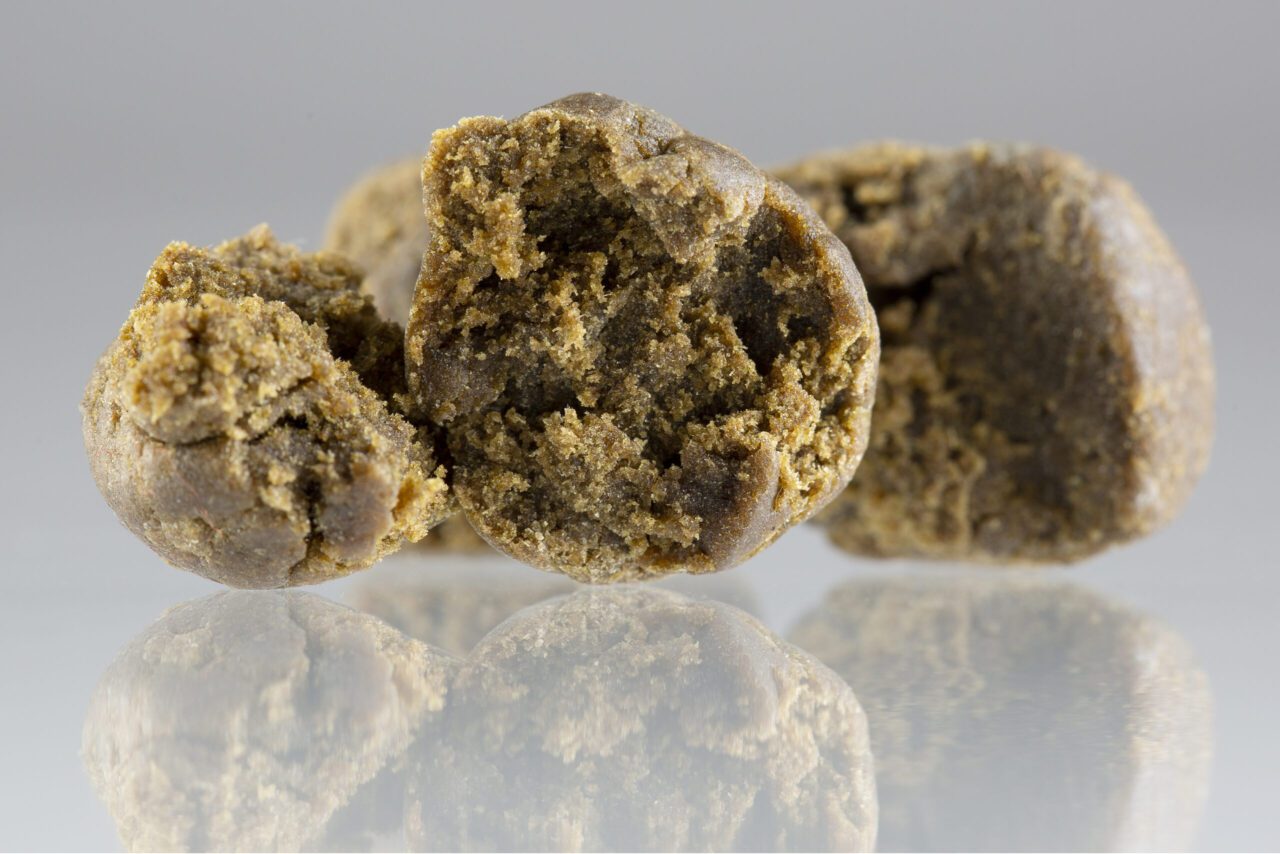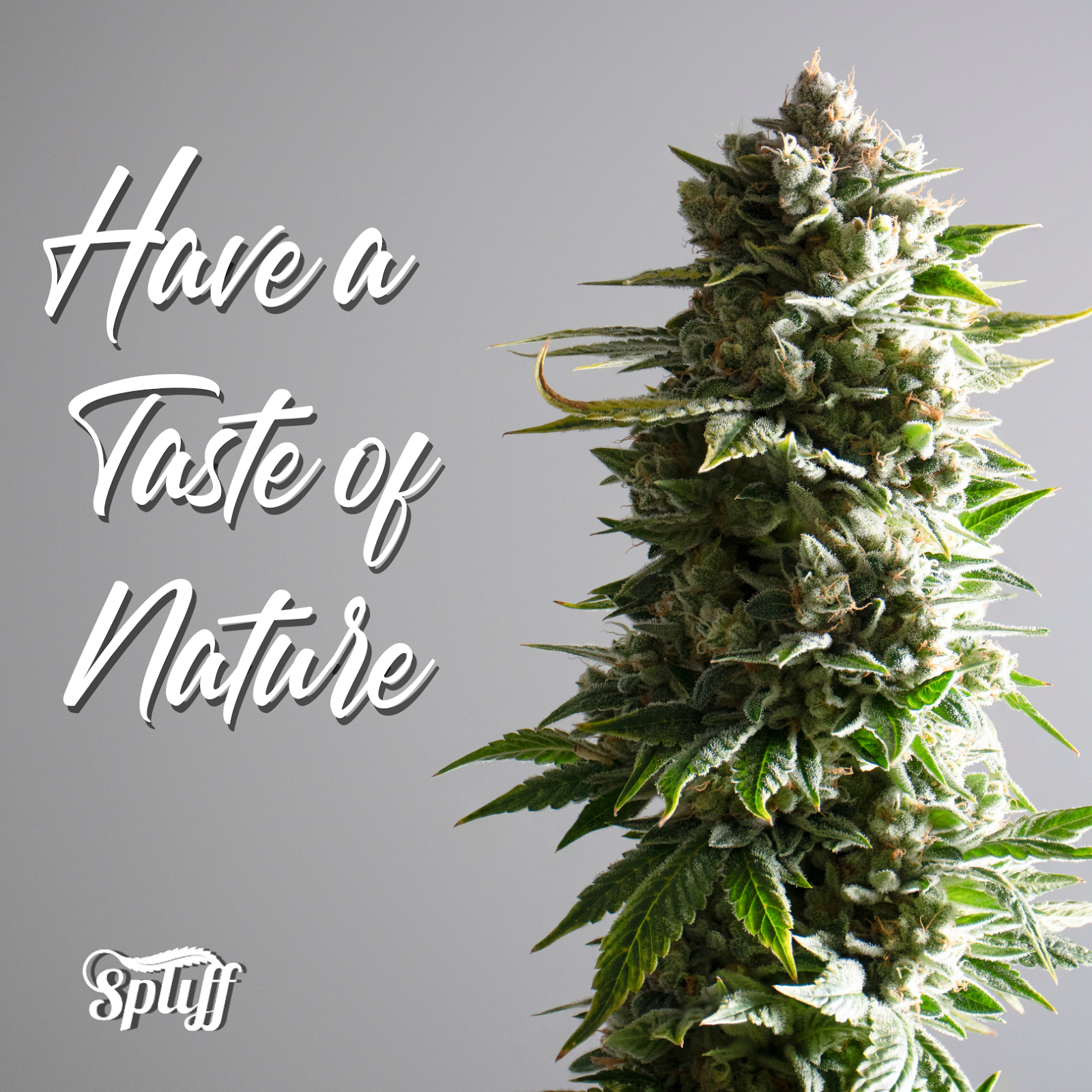Best recreational marijuana enthusiasts often consider hash to be one of the most potent and traditional forms of cannabis concentrates available today. This concentrated form of cannabis has captivated users for thousands of years with its powerful effects and rich cultural history. From ancient civilizations to modern dispensaries, hash continues to play an important role in cannabis culture worldwide. This comprehensive guide explores the fascinating origins of hashish, traditional production methods passed down through generations, and the evolution of modern consumption. You’ll also learn about the medicinal benefits backed by research and understand the recreational effects that make hash so popular among cannabis users.
Origins of Hash
We will examine the origins of hash, tracing its history back to ancient civilizations where it was first discovered and utilized for its potent properties. Hashish, commonly known as hash, has a rich history dating back thousands of years to regions like India, Nepal, and Morocco. Ancient texts and archaeological findings suggest that hash was used for medicinal, spiritual, and recreational purposes in these cultures. The process of extracting the resin glands from the cannabis plant to create hash likely originated from these early civilizations. The potent effects of hash were highly valued, leading to its continued use and evolution over time. Understanding the roots of hash provides valuable insights into the cultural significance and benefits associated with this concentrated cannabis product.
Traditional Hash-Making Techniques
Using ancient methods and specialized techniques, traditional hash-making involves extracting and concentrating the resin glands from cannabis plants to produce a potent and sought-after product. The process typically begins by collecting the trichomes from mature cannabis flowers. These resinous trichomes contain the cannabinoids, terpenes, and other compounds that give hash its unique properties. One common method is hand-rubbing fresh cannabis buds to create charas, a type of hashish. Another technique involves dry sieving, where the trichomes are separated from the plant material using screens or sieves. The traditional water extraction method, known as ‘bubble hash,’ uses ice-cold water to separate the trichomes from the plant matter. These time-honored techniques require skill, patience, and a deep understanding of the plant’s properties to achieve high-quality hash.
Modern Uses and Consumption Methods
In contemporary times, the consumption of hash has evolved to include a variety of modern uses and innovative methods. One popular method is vaporizing hash using specialized devices designed for concentrates, which allows for a cleaner and more efficient inhalation experience. Dabbing, another popular technique, involves applying a small amount of hash concentrate onto a heated surface to produce vapor for inhalation. Edibles infused with hash oil have gained popularity, offering a discreet and convenient way to consume hash. Some users incorporate hash into beverages like teas or coffees, improving the flavor and providing a milder form of consumption. These modern methods cater to diverse preferences, allowing users to experience the effects of hash in novel ways.
Medicinal Benefits of Hash
Looking at the medicinal benefits of hash reveals a wide range of potential therapeutic applications backed by growing research and anecdotal evidence. Hash, derived from the resin of cannabis plants, contains high concentrations of cannabinoids like THC and CBD, which are known for their pain-relieving, anti-inflammatory, and anti-anxiety properties. Studies suggest that hash may be effective in managing chronic pain, reducing nausea and vomiting in cancer patients undergoing chemotherapy, and improving appetite in people with HIV/AIDS. Hash has shown promise in helping with symptoms of conditions such as multiple sclerosis, epilepsy, and PTSD. As research progresses, the medical community is increasingly recognizing the potential of hash as a valuable tool in treating different health conditions.
Recreational Potential and Effects
We have observed that the recreational use of hash often results in strong psychoactive effects that vary depending on the person’s tolerance and the potency of the product. These effects can include heightened sensory perception, euphoria, relaxation, altered perception of time, and increased appetite.
- Heightened Sensory Perception: Colors may appear more vibrant, sounds may be richer, and textures may be more pronounced.
- Euphoria: Users often experience a sense of happiness and well-being.
- Altered Perception of Time: Time may pass more slowly or quickly than usual.
These effects make hash a popular choice for people seeking a potent and enjoyable recreational experience. Users need to start with small doses due to the concentrated nature of hash.
Related Topics:


